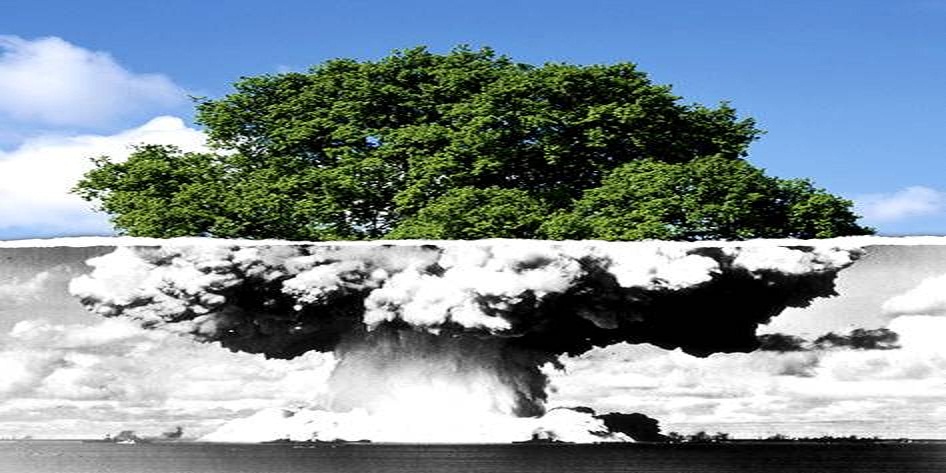Heavy, heavier, heaviest... A molecule of ordinary water is made of two atoms of Hydrogen and one of Oxygen. In the second vial, Hydrogen is replaced by one of its two isotopes, Deuterium. Tritium atoms replace all Hydrogen atoms in the third and heaviest vial. With this picture, Life Magazine explained the notion of "heavy isotope" to its readers in May 1950.
Although different isotopes of light elements can be paired to achieve fusion, the Deuterium-Tritium (D-T) reaction has been identified as the most efficient for fusion devices. ITER and the future demonstration power plant DEMO will use this combination of elements to fuel the fusion reaction.
Deuterium can be distilled from all forms of water. It is a widely available, harmless, and virtually inexhaustible resource. In every litre of seawater, for example, there are 33 milligrams of Deuterium. Deuterium is routinely produced for scientific and industrial applications.
Tritium is a fast-decaying radioelement of Hydrogen which occurs only in trace quantities in nature. It can be produced during the fusion reaction through contact with Lithium, however: Tritium is produced, or 'bred', when neutrons escaping the plasma interact with Lithium contained in the blanket wall of the tokamak.
Global inventory for Tritium is presently around twenty kilos, which ITER will draw upon during its operational phase. The concept of 'breeding' Tritium within the fusion reaction is an important one for the future needs of a large-scale fusion power plant.
Test Breeding Modules

In a tokamak, blanket modules coat the inside of the chamber and directly face the hot plasma. In ITER, certain modules will be used to test Tritium breeding concepts. Photo: Tore Supra Tokamak, CEA Cadarache.
Blankets containing Lithium are thus considered "Breeding Blankets". Within the fusion reaction, Tritium can be 'bred' indefinitely. Once the fusion reaction is established in the ITER tokamak, Deuterium and Lithium are the external fuels required to sustain it. Both of these fuels are readily available.
Deuterium can be supplied by industry. Lithium is plentiful in the Earth's crust: if fusion were to provide electricity for the entire world, known reserves of Lithium would last for at least one thousand years.
A future fusion plant producing large amounts of power will be required to breed all of its own Tritium. ITER will test this essential concept of Tritium self-sustainment.
Small quantities of fuel
Some of the key features of fusion make it an attractive option as part of a future energy mix. Fusion fuels are abundantly available and inherently safe. Only tiny amounts of Deuterium and Tritium are necessary to fuel the fusion reaction: just a few grams are present in the plasma at any one time.
In fact, a fusion reaction is about four million times more energetic than a chemical reaction such as the burning of coal, oil or gas. While a 1 000 MW coal-fired power plant requires 2.7 million tons of coal per year, a fusion plant of the kind envisioned for the second half of this century will only require 250 kilos of fuel per year, half of it Deuterium, half of it Tritium.
In addition, fusion emits no pollution or greenhouse gases. Its major by-product is Helium: an inert, non-toxic gas. There is no possibility of a 'run-away' reaction because the conditions for fusion are precise - any alteration in these conditions and the plasma cools within seconds and the reaction stops. Fusion has the capacity to furnish large-scale quantities of energy, with a low burden of waste for future generations.

0 comments:
Post a Comment